I received a recent email inquiry from a well-known outdoor magazine that asked if I had thoughts on influential gear over the recent-ish decades. Equipment that revolutionized backpacking
Now, the cynic in me assumes, nay, knows, that the whole point of this article is to generate potential ad revenue for something wallowing in the virtual La Brea Tar Pits of publications.
But the inquiry did get me thinking. What gear did revolutionize the past time of backpacking?
The specific ideas they wanted me to discuss seemed intriguing. See the need for advert dollars again.
A specific name-brand collapsible hiking pole? A Bavarian alpinist would see it as an alpenstock, and the many “hiking sticks” at popular trailheads seem similar.
Another specific multitool? See also the Swiss Army Knife.

Add a P51 or P38 can opener for more versatility.
Power Bars (furthering a trend for advert dollars, specifically mentioned)? Pemican, tortillas, cheese, hardtack, and oatcakes come to mind.

And “energy bars” specifically? The Hershey “D Bar’ landed on the beaches of Normandy with the GIs. And I remember ” granola bars” getting marketed contemporarily to Power Bars.
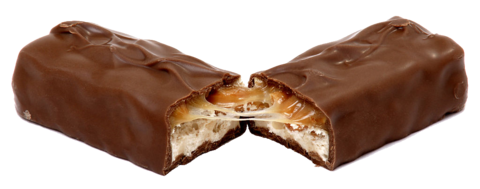
Also with carbs, fats, and protein while being shelf-stable.
Finally, and I assume seriously, they pitched the idea of Crocs. While you could make a case of brand awareness and marketing influencing purchasing habits for the above items, I think it’s safe to say ugly, bulky, and non-practical plastic shoes (for hiking; line cooks and medical professionals rightfully have a different opinion) had a marginal impact on the backpacking world beyond a niche of online backpackers going thru-hiking twenty years ago. Yes, people routinely schlep camp shoes. But not necessarily Crocs.
So what’s an influential item in backpacking?
I think such an item changes backpackers’ habits, techniques, or styles. In my opinion, none of the proferred items above accomplished these objectives.
Degree not kind, in my opinion. These items may become popular in general use, but not necessarily for backpacking.
Now, some items certainly changed the habits, techniques, and styles of backpacking.
Among them?
- The Coleman white gas stove aka “The Pocket Stove.” As with many outdoor items in the twentieth century, this item came out of World War II. After World War II, Coleman marketed the stove to the growing middle class with disposable income who wanted to camp. Easier to use than a campfire, and most backpackers soon started cooking over a stove vs. the fire. And by the 1970s, with a rather large boom, camp stoves become mandatory for cooking in many wilderness areas.
- Speaking of the post-second world war, Nylon tents made backpacking a lot easier. While “Shelter halves” and similar items certainly got used before World War II, the invention of nylon and application of it to the consumer market (In Portuguese, use Google Translate) made taking a light, relatively spacious, easy to set up, durable, and highly water resistant (with little treatment vs. canvas or similar fabrics) shelter a boon to the burgeoning backpacking market. Before that, ponchos, canvas tents, “bushcraft,” or in-place structures dictated where and how a person could camp. With nylon? The world opened up more for the average person.
Or to take some historical examples, the Ford Model T made the auto affordable, ubiquitous, and part of the American culture. Not so much the Ford Focus.
And though the Tesla autos don’t have the same widespread purchase, these cars put electric cars in the cultural zeitgeist more so than other electric cars.
And though Blackberry paved the way for smartphone use, I don’t think many people would argue the importance of the iPhone in its relation to the overall smart device culture vs. Blackberry’s mainly corporate or government use.
Which makes a great segue to what I think is the most influential backpacking item of the past decade – the Smart Device.
Why the smart device?
“Do not be in a hurry to spend money on new inventions. Every year there is put upon the market some patent knapsack, folding stove, cooking-utensil, or camp trunk and cot combined; and there are always for sale patent knives, forks, and spoons all in one, drinking-cups, folding portfolios, and marvels of tools. Let them all alone”

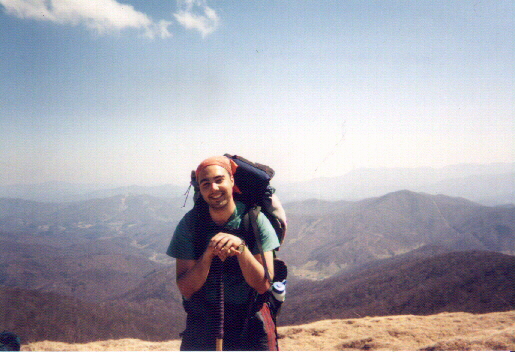
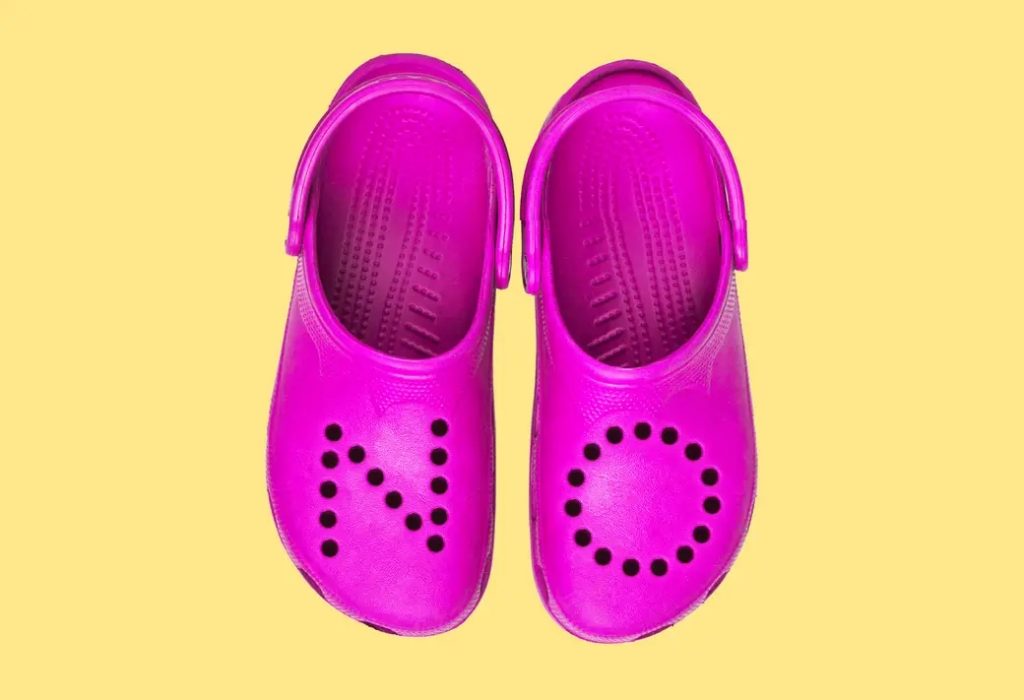
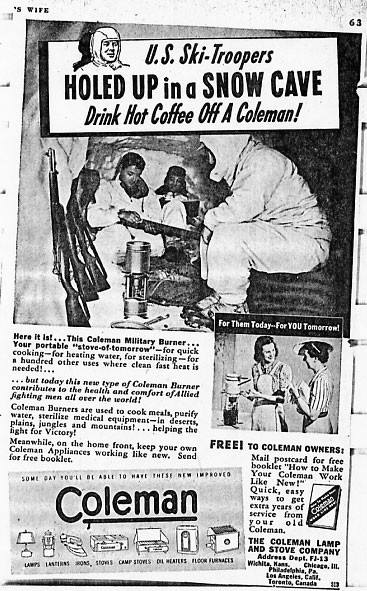
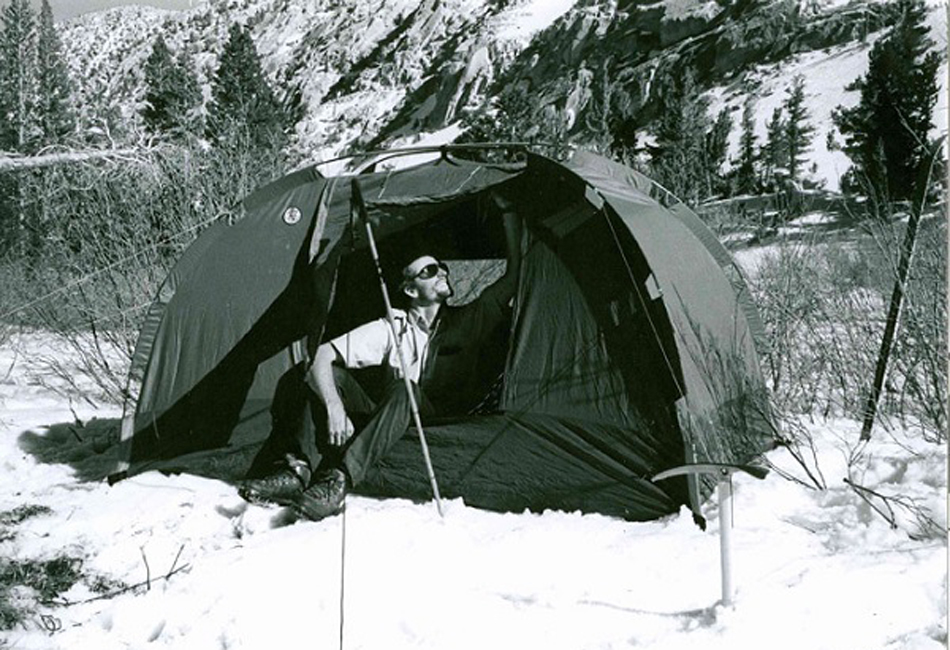
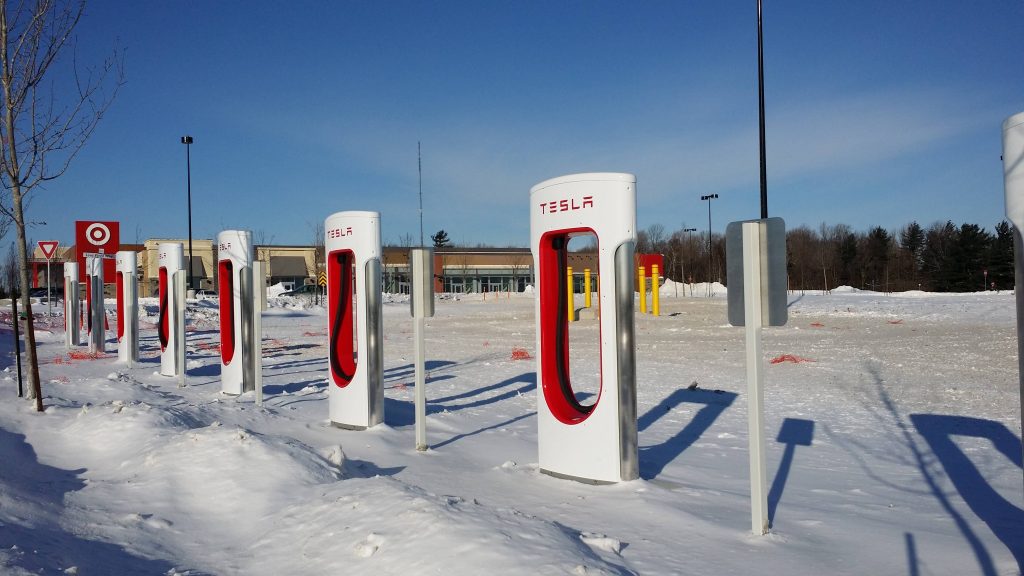

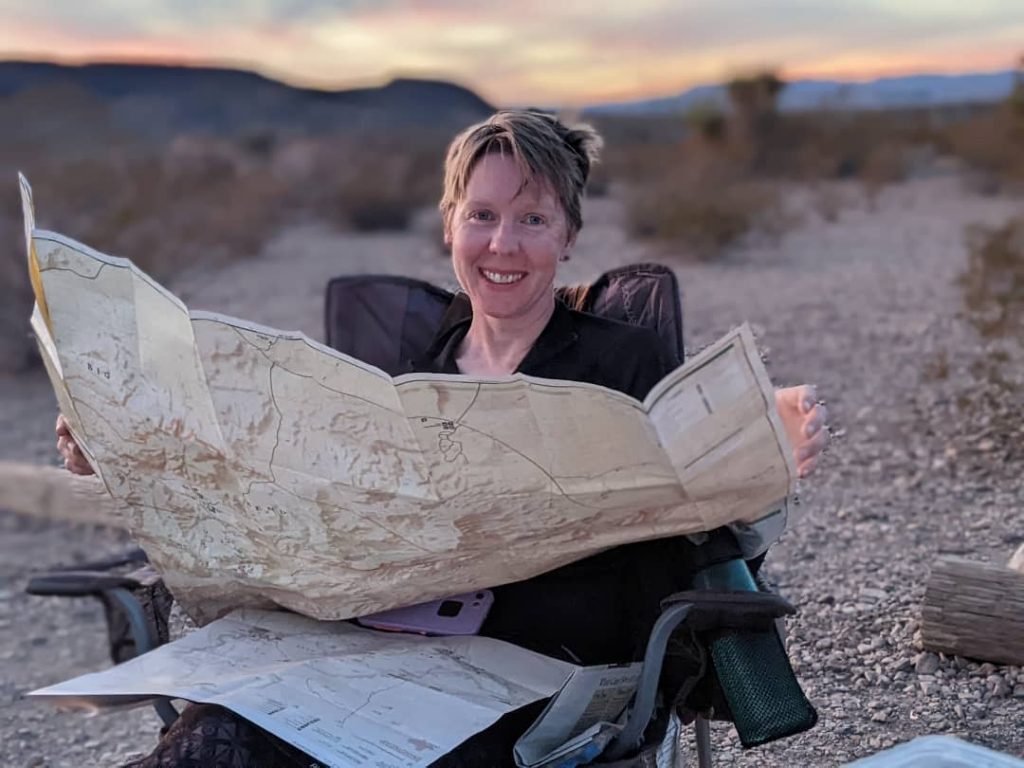
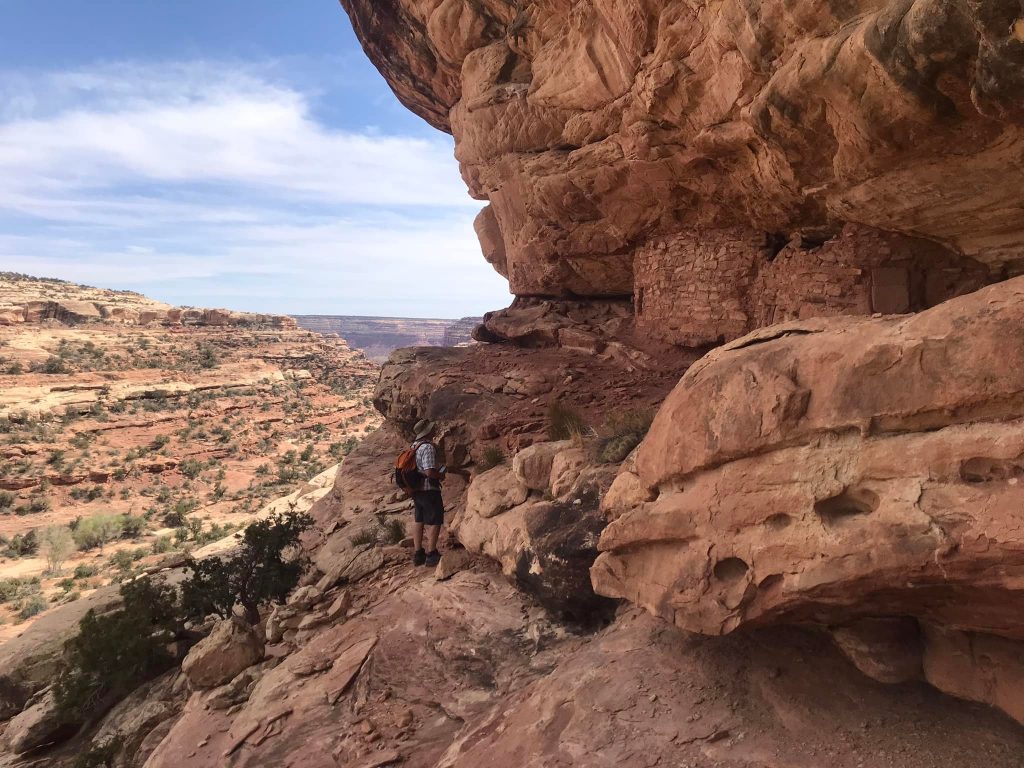
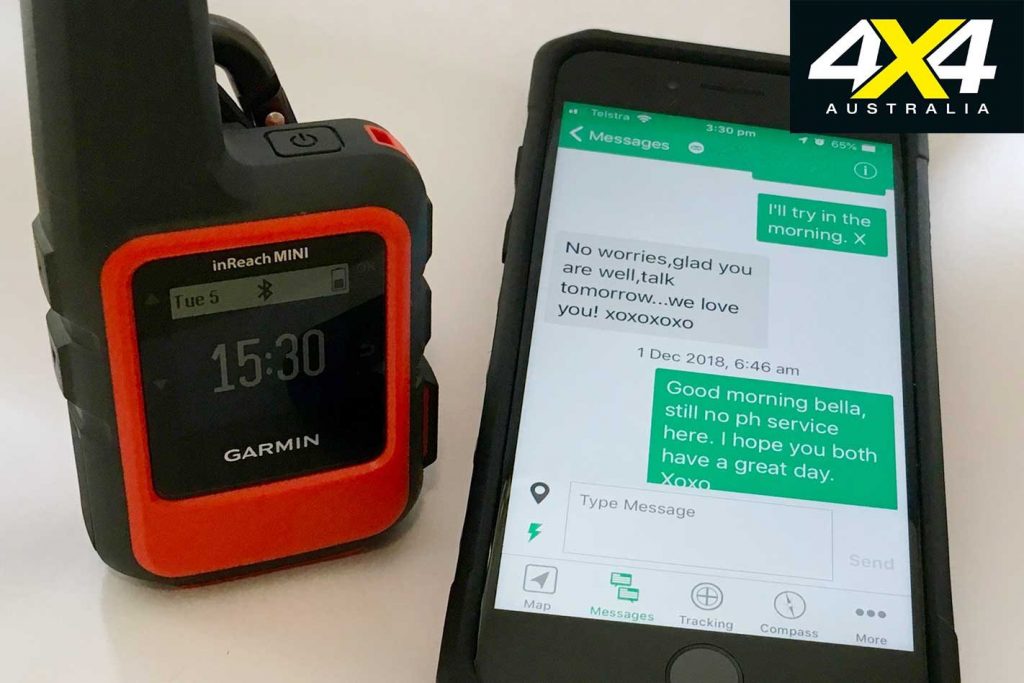


“Within a decade, if not less, the typical backpacking demographic with disposable income will find NOT getting connected as reckless as some people view hiking without a map or navigational skills.” Based on my experience I’d say this statement is a few years late. 🙂 On my last long backpacking trip (part of the CT and CDT) I was really surprised to find that most people’s major concern was where they could find a cell signal, followed closely by how they were going to charge their gadgets. Earlier this year, while shopping at REI, a young salesman told me that… Read more »
Thru-hiking culture, esp on the well known alphabet routes, is another ball of wax.
Because it’s isolated out here, I don’t think we are quite to that level. Yet.
(As an aside, we take Joan’s inreach. Her Mom lkes seeing us on the map. I like having happy in laws. 🙂 )
Spot on, Paul. If it weren’t gear specific, I’d lean more toward social media. It seems like we’ll likely see more cell phone towers popping up in wilderness areas. Tastefully disguised of course.
And more Starlink or similar satellites the night sky too!